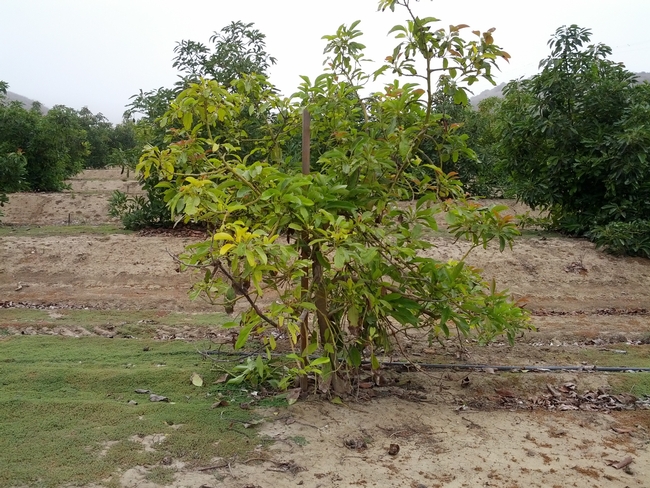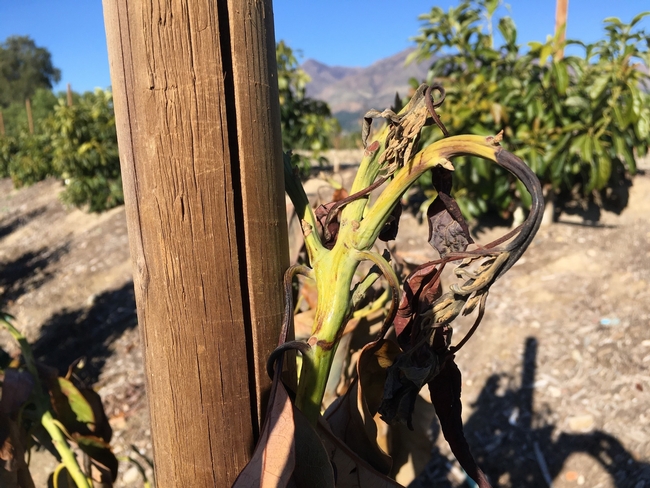Because it is easier to correct a problem before you plant the trees than it is to diagnose and treat dying ones, which will probably be ripped out. A sad start to a tree is not a good ending.
In general, soil analysis is a measure of the physical, biological and chemical environment that a tree is going to be growing in. Is there going to be an impeding layer? Is it a waterlogged area prone to asphyxiation? A heavy soil that is going to need berming? Is it going to be too steep to harvest? These are physical properties that stand out and need to be considered.
Biological properties are harder to assess, but looking for old root channels and how healthy the previous crop grew are good indications of good biological health. How are those weeds growing?
The chemical side is often viewed from the nutritional and the toxicity angles. Trees are able to store nutrients in their various organs and have aids like mycorrhizae to help them take up some nutrients. So it's best to actually test the tree to see what their nutrient status is. Leaf analysis becomes the guide.
We do soil chemical analysis in trees primarily to identify potential toxicities. And for avocado trees, the main toxicities are high pH, salinity, sodium and chloride. Especially pH, which they like between 6 and 7. If it is corrected before the tree goes in the ground, it's relatively easy and inexpensive to correct. Once the tree is the ground, it takes a long time and energy and often it's hard to correct it without the tree dying. Like a waste of time and energy. But hey, I got the trees coming and it's time to be bold and act!! Let's plant.
And usually about a year after the tree is in the ground, the leaves start turning yellow and the canopy starts thinning. The tree was loaded up with iron in the nursery and after being in the high pH ground, it could not get enough iron and iron chlorosis set in. Well get ready to spend the next few years correcting the pH without killing the tree with sulfur or spending the rest of the tree's life messing with iron chelates. It would have been easy to apply a sufficient amount of sulfur in the planting area before planting, waiting for the sulfur to lower the pH, then planting.
Salinity, chloride and sodium are also important for testing prior to planting. Normally we think of these as chemicals that move with rainwater and irrigation. But in years when we have no rain, that doesn't happen. The light sprinklings we have can just move these salts a few inches into the ground and when trees are planted the salts migrate into the root zone. Even when berms are built and soil is scrapped into a hill, it's the surface soil that is being scrapped where all the salts are.
This situation can be compounded where there have been raspberry tunnels or flower tunnels previously and there has been no rain touch the ground the whole time the ground was covered. Or, where there was a crop with a high level of nutrients being applied and there could be levels high enough to affect the salt sensitive avocado. If you know salts are high, the soil can be leached before the trees are planted.
The effect of salt on the young trees can be almost immediate, within a week after planting. It can be dramatic and shocking.
Measuring sodium, chloride and salinity should be ongoing throughout the production years of an avocado. The status of the sodium, chloride and salinity are a reflection of how irrigation water is being managed. Is it getting enough, frequently enough? Was there enough rain to start the irrigation season without leaching?
Yeah, soil needs to be tested on a frequent basis. But the cheapest test and the easiest correction is done before planting. Do it.


